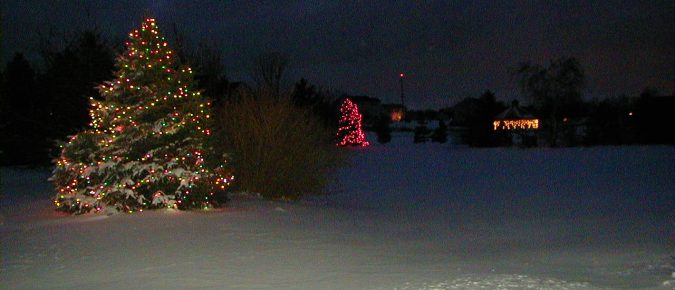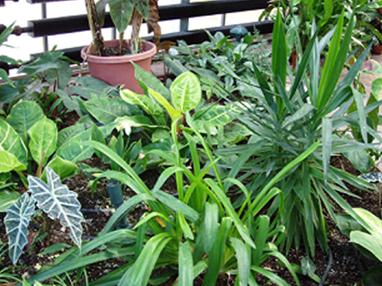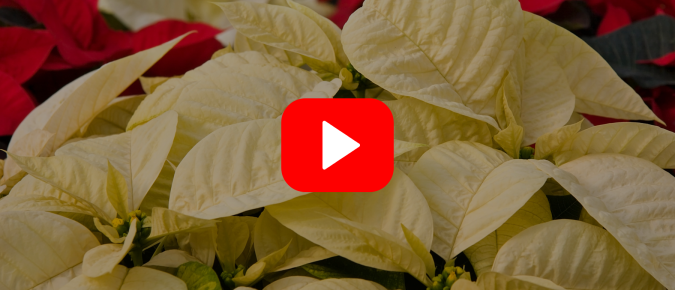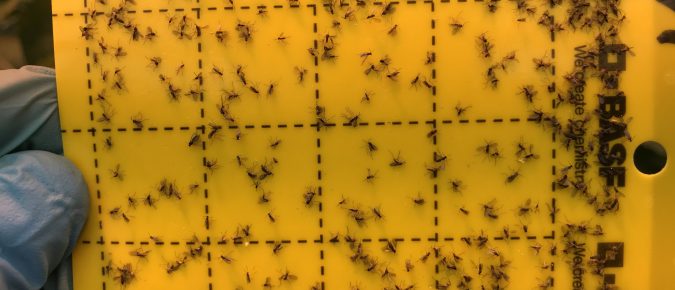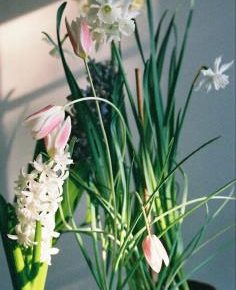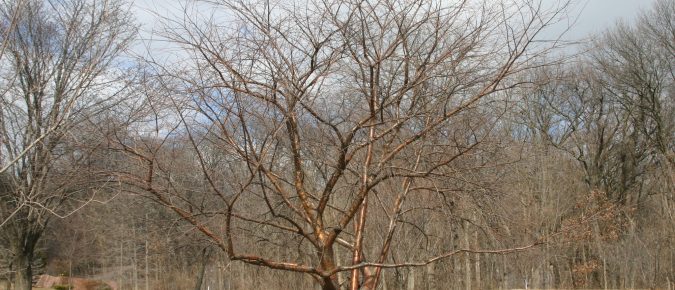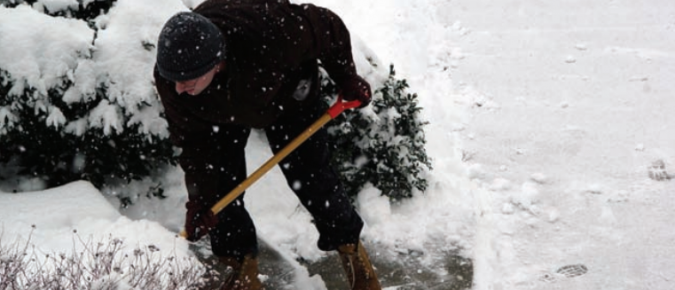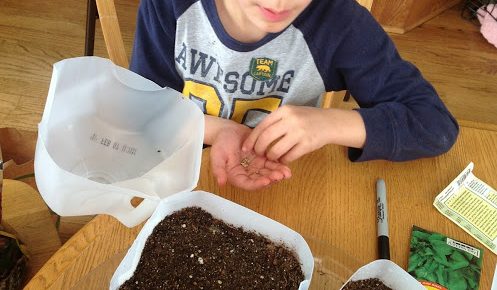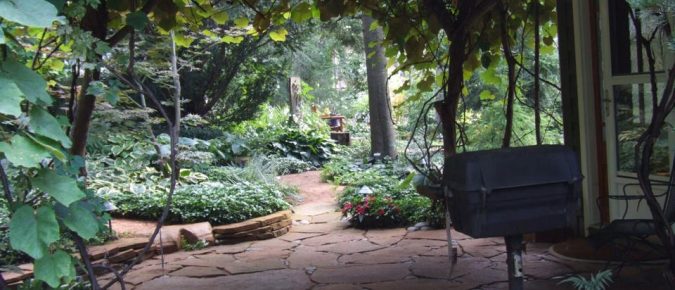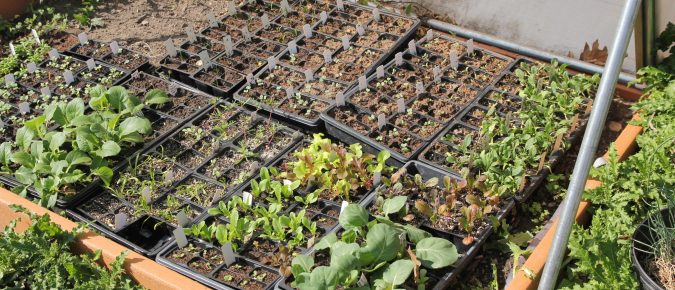Christmas trees offer consumers a chance to bring nature indoors for a few weeks each December. Whether you choose a pre-cut tree available at a local tree lot or garden center or cut your own tree from a farm, you will have several tree species to choose from.
Houseplants offer many benefits beyond beautifying a space. Not only can they improve the air quality in your home, they also can improve your mental well-being and reduce stress through basic care techniques.
Festive houseplants are common gifts in winter. In this video, learn how to keep a poinsettia, Christmas cactus, Norfolk Island Pine and other favorite gift plants thriving.
Fungus gnats (Family Sciaridae) are insects commonly associated with overwatered houseplants. They can become a nuisance when they are present in large numbers and fly around inside a home. In most situations, fungus gnats are a cosmetic problem. However, on occasion, fungus gnat larvae can cause plant damage.
Many plants grown from mbulbs can be forced to bloom indoors during the winter. Learn how to choose, plant, and provide the right conditions to enjjoy spring-flowering blooms indoors while its still winter outside.
Proper pruning controls tree size, directs growth, influences flowering, and maintains tree health and appearance. Learn how in this factsheet.
Pruning controls the size of shrubs, directs growth, influences flowering, and restores plant health and appearance. Learn pruning techniques in this factsheet.
Learn to recognize and prevent plant damage caused by deicing salts. Learn about alternatives to rock salt and which plants are salt-tolerant.
Starting your garden from seeds might be easier than you think. Check out this article to get practical tips on starting your plants from seeds.
This publication explores landscape planning: putting the plan on paper; selecting, placing, and planting trees and shrubs; and maintaining the home grounds.
Here are answers to the questions gardeners ask most often about growing vegetables. From asparagus to watercress, this guide covers over 50 vegetables plus other basic gardening topics.
Holiday decorations containing boxwood foliage can be a source of disease for boxwoods in our landscapes. Learn more in this article.

